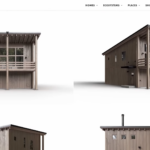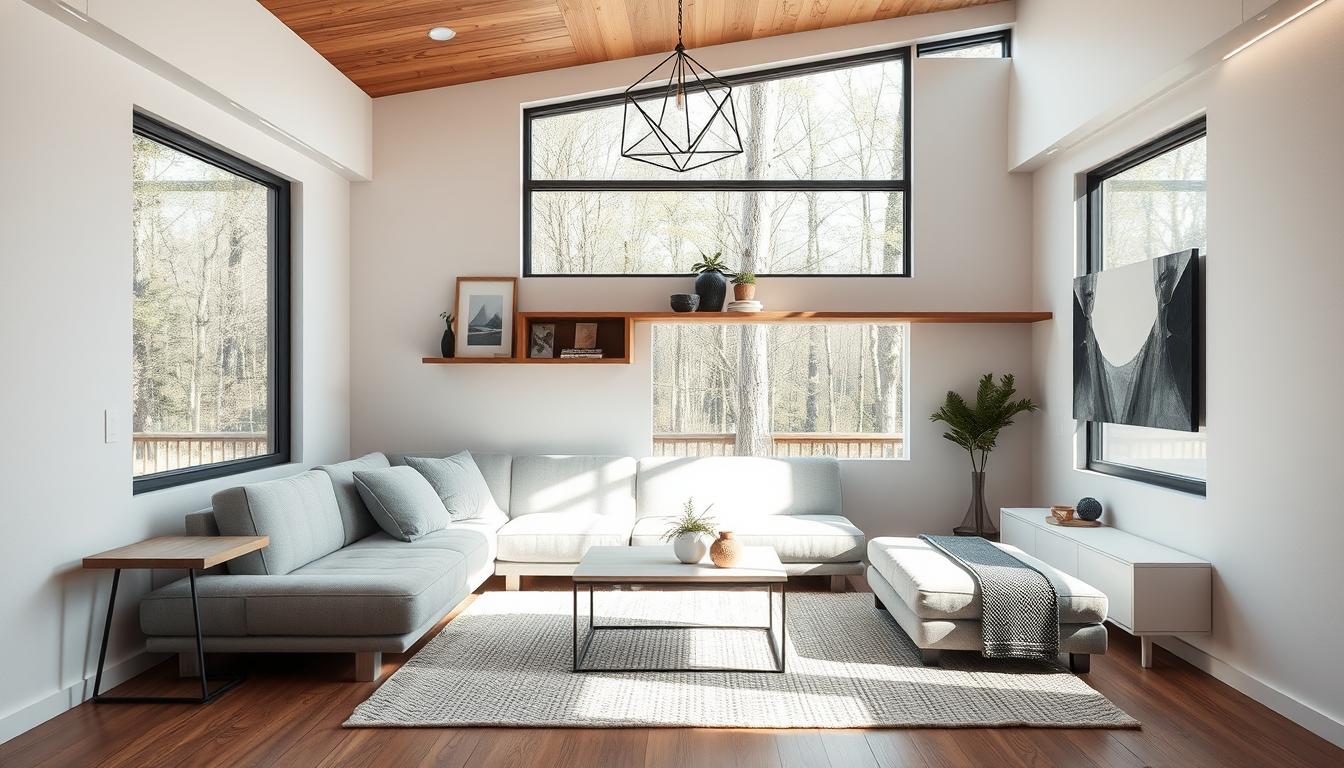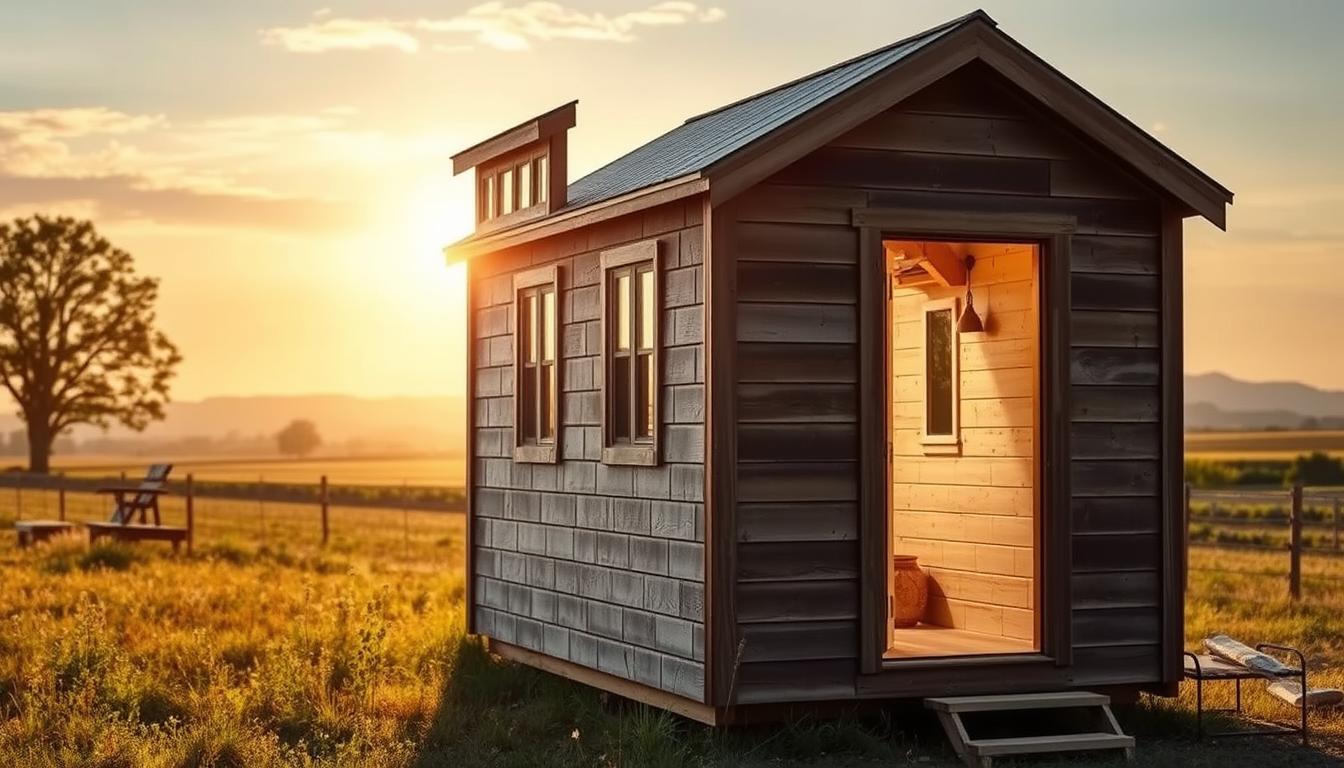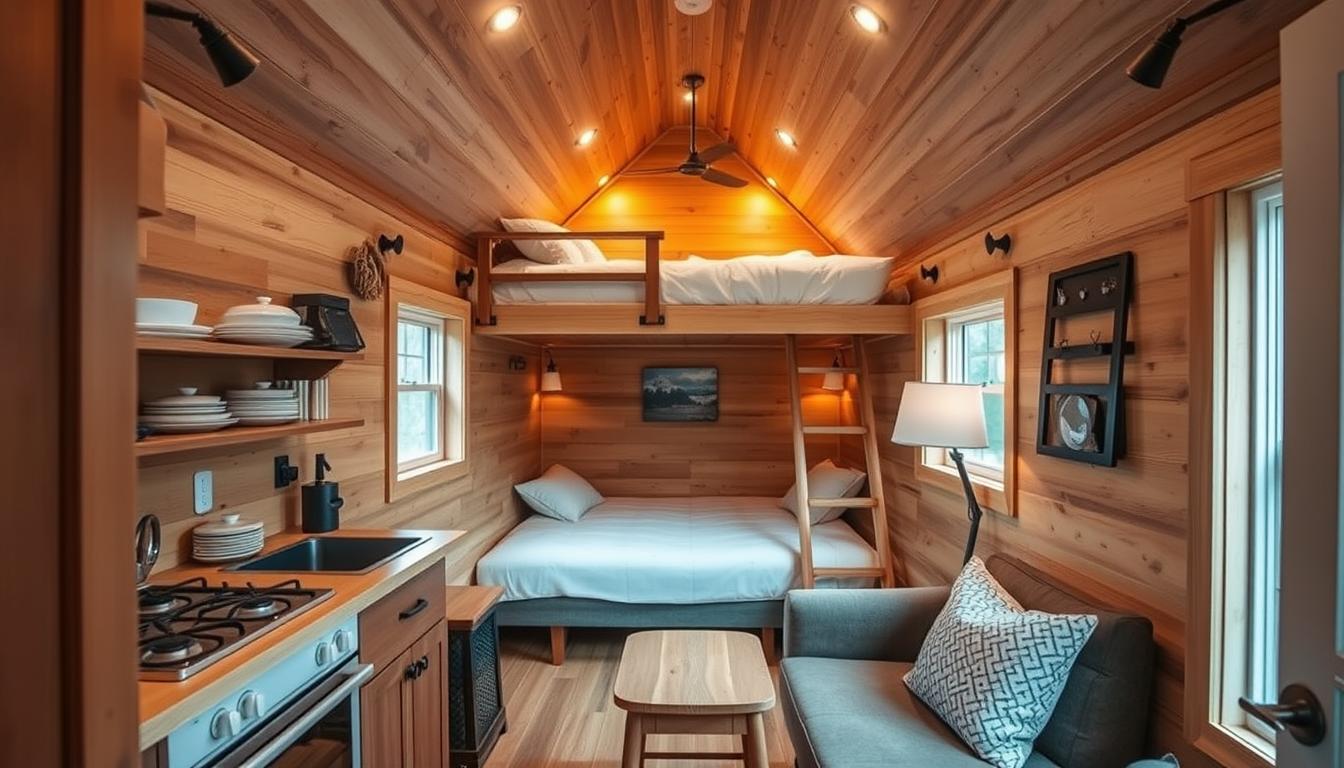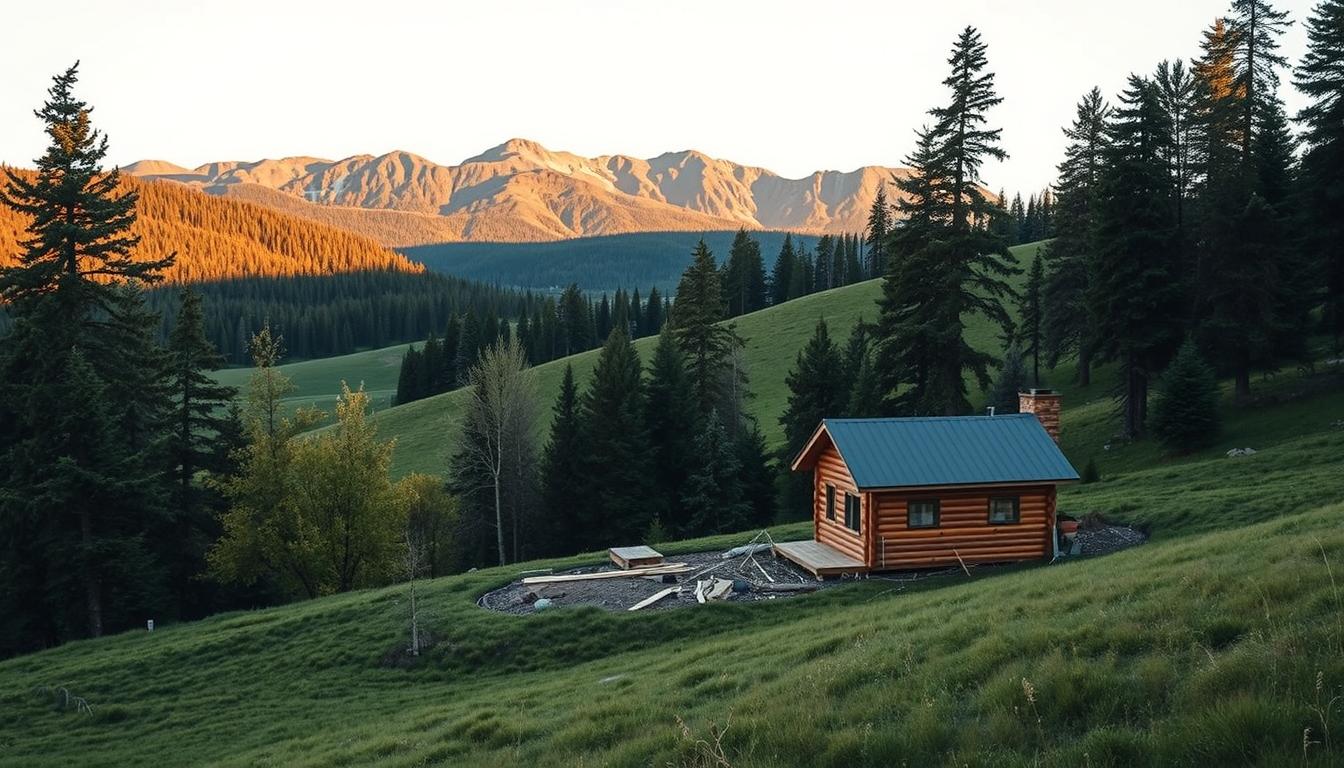The Popularity of Prefab Tiny Houses
Prefab tiny houses are gaining popularity among people who want to downsize, simplify their lives, and reduce their environmental impact. These homes are small, affordable, and customizable, making them a practical option for those who want to live with less. In fact, according to House Beautiful, the pandemic has led to a surge in popularity for prefabricated, flat-pack, or modular tiny homes as homeowners seek more space and quick getaways. With the possibility of a recession looming, these structures are becoming more practical than ever, with some homeowners using them as a way to stay in their homes instead of moving to get more space.
Benefits of Living in a Prefab Tiny House
Living in a prefab tiny house has many benefits, including:
- Affordability: Tiny homes are much cheaper than traditional homes, making them a practical option for those on a tight budget. With the average cost of a tiny home being around $23,000 to $150,000, according to Food52, these homes are a fraction of the price of a traditional home.
- Energy Efficiency: Many prefab tiny homes are designed with energy efficiency in mind, using sustainable building materials and innovative design to reduce their environmental impact. According to Wheelhaus Tiny Houses, their homes are built with energy-efficient materials and appliances, making them more sustainable and eco-friendly.
- Environmental Friendliness: As mentioned above, prefab tiny houses are built with sustainability in mind, making them an environmentally-friendly option for those who want to reduce their carbon footprint. Many of these homes are also built with recycled materials, further reducing their environmental impact.
- Mobility and Flexibility: Prefab tiny homes are often built on wheels, making them easy to move from one location to another. This is especially useful for those who want to travel or move frequently.
- Quick and Easy Construction: Prefab tiny homes are built offsite and delivered to the site, making them quick and easy to construct. This is a huge advantage for those who want to move into their new home quickly or who don’t want to deal with the hassle of a traditional home construction project.
In conclusion, prefab tiny houses are becoming an increasingly popular option for those who want to live with less and reduce their environmental impact. They offer many benefits, including affordability, energy efficiency, environmental friendliness, mobility, and quick and easy construction. The next section will explore the best brands for prefab tiny houses.

The Best Brands for Prefab Tiny Houses
If you’re interested in purchasing a prefab tiny house, there are many brands to choose from. Here are some of the best brands for prefab tiny houses:
1. Wheelhaus Tiny Houses
Wheelhaus Tiny Houses offers affordable high-end tiny homes and modular homes that blend rustic and modern elements, focus on energy efficiency, innovative design, and top-quality building materials. The homes are delivered on wheels and turnkey ready for immediate use. According to Wheelhaus, their homes range in size from 160 to 1500 square feet, making them a flexible option for those who want to downsize or live with less.
2. Land Ark RVs
Land Ark RVs offers beautifully designed, modern, and sustainable tiny homes on wheels. According to House Beautiful, their homes range in size from 200 to 400 square feet and are built with energy-efficient materials, including spray foam insulation and LED lighting. They also offer customizable features, such as built-in furniture and storage.
3. Green Magic Homes
Green Magic Homes offers unique prefabricated homes that are built with sustainable materials, including fiber-reinforced polymer and steel. According to Food52, their homes are designed to blend in with nature and can be customized to fit any size or shape.
4. Tiny Home Builders
Tiny Home Builders offers affordable prefab tiny homes that are built with high-quality materials and customizable features. According to Food52, their homes range in size from 65 to 240 square feet, making them a practical option for those who want to live with less.
5. California Tiny Houses
California Tiny Houses offers traditional-style tiny homes that are built with sustainable materials and customizable features. According to Food52, their homes range in size from 120 to 400 square feet and are built with energy-efficient materials, such as low-e windows and radiant barriers.
6. Nestron
Nestron offers sustainable and energy-efficient smart houses with functional and stylish interiors. According to Nestron, their homes are designed to be eco-friendly and affordable, making them a practical option for those who want to live with less. They also offer customizable features, such as smart home technology and solar panels.
In conclusion, if you’re interested in purchasing a prefab tiny house, these brands are a great place to start. Each brand offers unique designs, customizable features, and sustainable building materials, making them a practical and eco-friendly option for those who want to live with less. The next section will explore the designs and customizations available for prefab tiny houses.
Designs and Customizations
One of the benefits of purchasing a prefab tiny house is the ability to customize the design to fit your specific needs. Here are some examples of customizable features and the options offered by the brands mentioned in the previous section:
Examples of Customizable Features
- Built-in Furniture: Many prefab tiny homes come with built-in furniture, such as beds, desks, and storage. This is a practical way to maximize space and reduce clutter.
- Loft Space: Loft space is another popular feature in prefab tiny homes, allowing for additional sleeping or storage space.
- Smart Home Technology: Some brands offer smart home technology, such as voice-activated controls and automated lighting, making it easy to control your home from anywhere.
- Solar Panels: Many prefab tiny homes are designed to be energy-efficient and eco-friendly, and solar panels are a popular option for those who want to reduce their carbon footprint.
Customization Options Offered by the Brands
- Wheelhaus Tiny Houses: Wheelhaus offers a variety of customizable features, including built-in furniture, loft space, and smart home technology. They also offer add-ons, such as decks, awnings, and fire pits, to enhance your outdoor living space.
- Land Ark RVs: Land Ark RVs offers customizable features, such as built-in furniture and storage, as well as the option to add a roof deck for additional outdoor living space.
- Green Magic Homes: Green Magic Homes offers customizable features, such as the ability to choose the size and shape of your home, as well as add-ons, such as decks and gardens.
- Tiny Home Builders: Tiny Home Builders offers customizable features, such as built-in furniture and storage, as well as the option to choose the siding, roofing, and flooring materials.
- California Tiny Houses: California Tiny Houses offers customizable features, such as built-in furniture and storage, as well as the option to choose the materials used for the interior and exterior of your home.
- Nestron: Nestron offers customizable features, such as smart home technology and solar panels, as well as the option to choose the size and layout of your home.
In conclusion, the ability to customize the design of your prefab tiny house is one of the many benefits of purchasing one of these homes. From built-in furniture to smart home technology, each brand offers unique features and customizable options to fit your specific needs. The next section will explore the benefits of living in a prefab tiny house.
Benefits of Living in a Prefab Tiny House
Living in a prefab tiny house has many benefits that go beyond just the cost savings. Here are some of the advantages of living in a prefab tiny house:
1. Minimalist Lifestyle
Living in a tiny house forces you to live with less and embrace a minimalist lifestyle. This can be a great way to reduce stress, increase happiness, and simplify your life.
2. Reduced Environmental Impact
Prefab tiny houses are often built with sustainable materials and designed to be energy-efficient, reducing your environmental impact and carbon footprint.
3. Mobility and Flexibility
Many prefab tiny houses are built on wheels, making them easy to move from one location to another. This is especially useful for those who want to travel or move frequently.
4. Lower Utility Bills
Because prefab tiny houses are smaller, they require less energy to heat and cool, resulting in lower utility bills and cost savings.
5. Increased Quality of Life
Living in a prefab tiny house can increase your quality of life by allowing you to focus on the things that matter most to you, such as spending time with loved ones and pursuing your passions.
6. Financial Freedom
Prefab tiny houses are much cheaper than traditional homes, allowing you to pay off your mortgage or rent quickly and achieve financial freedom.
7. Customizable Design
As mentioned in the previous section, prefab tiny houses offer customizable design options, allowing you to create a space that fits your specific needs and preferences.
In conclusion, living in a prefab tiny house offers many benefits, including a minimalist lifestyle, reduced environmental impact, mobility and flexibility, lower utility bills, increased quality of life, financial freedom, and customizable design options. These homes are a practical and eco-friendly option for those who want to downsize and live with less. The next section will explore the challenges of living in a prefab tiny house.
Challenges of Living in a Prefab Tiny House
While living in a prefab tiny house has many benefits, there are also some challenges to consider. Here are some of the challenges of living in a prefab tiny house:
1. Limited Space
Living in a tiny house means living with limited space, which can be a challenge when it comes to storage, entertaining guests, and daily activities.
2. Zoning and Building Codes
Zoning and building codes can vary from city to city, making it difficult to find a place to park or build your tiny house. It’s important to research local regulations before purchasing a prefab tiny house.
3. Privacy
Living in a tiny house means living in close quarters with others, which can be a challenge when it comes to privacy and personal space.
4. Maintenance
Maintaining a tiny house can be a challenge, especially if it’s built on wheels and needs to be moved frequently. It’s important to stay on top of repairs and maintenance to ensure the longevity of your home.
5. Climate Control
Because prefab tiny houses are smaller, they can be more difficult to heat and cool, especially in extreme weather conditions.
6. Resale Value
Prefab tiny houses are still a relatively new concept, which means there is limited data on their resale value. This can make it difficult to know if you’re making a good investment when purchasing a tiny house.
In conclusion, while there are many benefits to living in a prefab tiny house, there are also some challenges to consider, including limited space, zoning and building codes, privacy, maintenance, climate control, and resale value. It’s important to weigh the pros and cons before making the decision to downsize and live in a tiny house. The final section will summarize the key points of the article.
Wrapping Up
In this article, we’ve explored the world of prefab tiny houses, including what they are, where to find them, and the benefits and challenges of living in one.
We’ve learned that prefab tiny houses are a practical and eco-friendly option for those who want to downsize and live with less. They offer customizable design options, reduced environmental impact, and financial freedom, among many other benefits. However, there are also some challenges to consider, such as limited space, zoning and building codes, and maintenance.
If you’re interested in learning more about prefab tiny houses, be sure to check out the brands mentioned in this article, including Wheelhaus Tiny Houses, Land Ark RVs, Green Magic Homes, Tiny Home Builders, California Tiny Houses, and Nestron.
Thank you for reading, and be sure to check out our other great content!
Questions and Answers
Who builds prefab tiny houses?
There are many brands that specialize in building prefab tiny houses, such as Wheelhaus, Land Ark RVs, and Nestron.
What is the cost of a prefab tiny house?
The cost of a prefab tiny house varies depending on the brand, size, and features. Prices can range from $10,000 to over $100,000.
How long does it take to build a prefab tiny house?
The construction time for a prefab tiny house varies depending on the brand and design. Most companies offer turnkey models that are ready to move in within a few months.
What are the financing options for prefab tiny houses?
Financing options for prefab tiny houses may vary depending on the brand and location. Some companies offer financing options, while others require upfront payment.
How do I find a place to park my prefab tiny house?
Finding a place to park your prefab tiny house can be a challenge due to zoning and building codes. Research local regulations and consider private land rental, RV parks, or tiny house communities.
What if I need more space in the future?
One of the challenges of living in a prefab tiny house is limited space. However, many models offer customizable add-ons and expansion options to accommodate changing needs.
